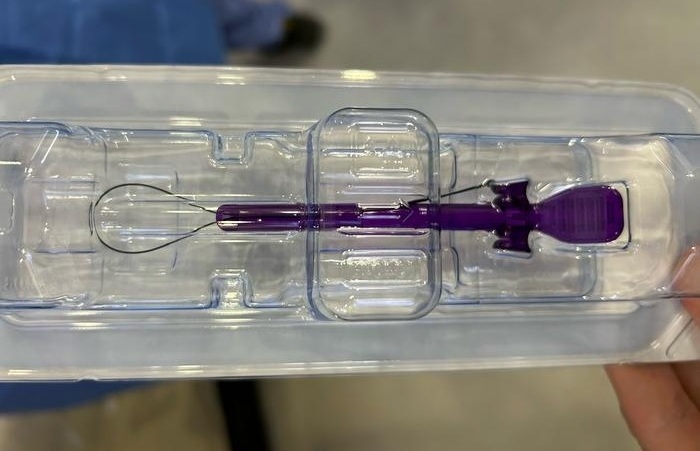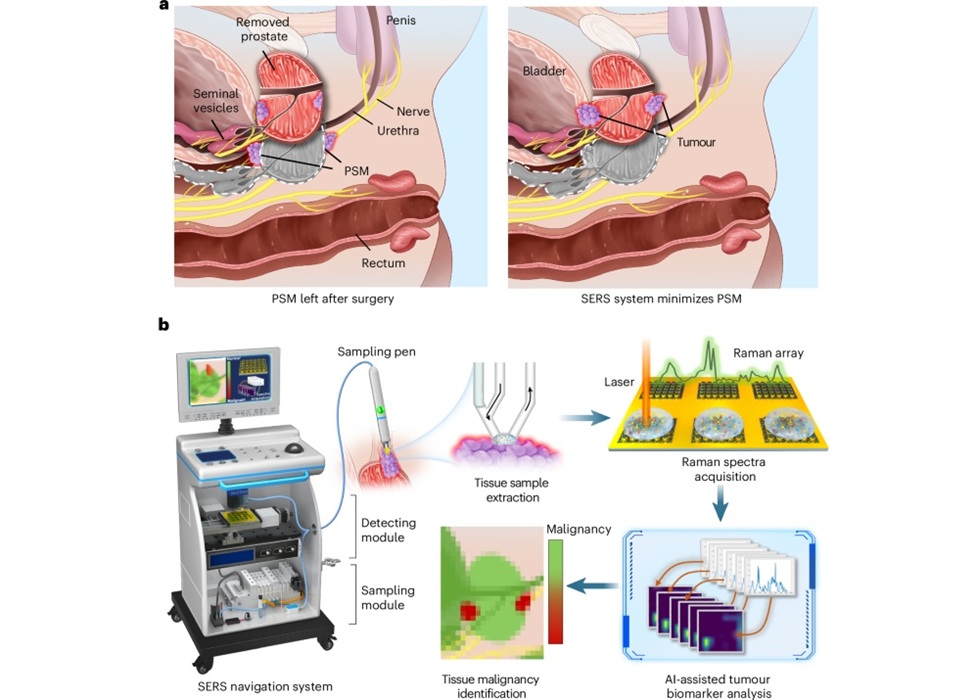Microfiber Pad Helps Collect Uncontaminated Urine Samples 
|
By HospiMedica International staff writers Posted on 27 Jan 2016 |
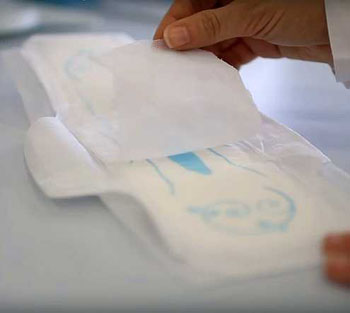
Image: The UCap microfiber urine collection pad (Photo courtesy of BioDesign/HUJI).
A new noninvasive microfiber pad draws urine samples in seconds, preventing cross-contamination during collection.
Developed by researchers of the BioDesign team at the Hebrew University (HUJI; Jerusalem, Israel) and Hadassah Medical Center (Jerusalem, Israel), the UCap microfiber urine collection pad contains bundles of hollow glass microfibers that quickly draw urine via capillary action from absorptive pads in just seconds. The remainder of the urine is absorbed by a polymer matrix, thus preventing cross-contamination of the urine sample by contact with the patient’s skin or fecal matter.
The low-cost but highly effective solution can save time and money in the collection of sterile samples from patients especially prone to contract a urinary tract infection (UTI), including infants and bed-ridden hospitalized patients. While sterile urine samples can be readily collected in adults using simple plastic cups, urine collections in infants and hospitalized populations relies on adhesive plastic bags or on invasive catheters.
“Contamination of urine samples from infants and the elderly is so common that physicians often needlessly prescribe broad-spectrum antibiotics prophylactically, increasing the risk of developing antibiotic resistant bacteria,” said Amir Orlev, MD, who was part of the multidisciplinary BioDesign team set out to solve the problem under a medical innovation program.
“More than 11 million urine tests are carried out each year in infants and elderly patients. This presents a market of USD 100 million annually in the United States alone,” said BioDesign team member MBA student Itai Monnickendam. “Our low-cost urine collection pad has the potential to reduce pain and complications for millions of people and save time and expenditure for the healthcare system.”
Related Links:
Hebrew University of Jerusalem
Hadassah Medical Center
Developed by researchers of the BioDesign team at the Hebrew University (HUJI; Jerusalem, Israel) and Hadassah Medical Center (Jerusalem, Israel), the UCap microfiber urine collection pad contains bundles of hollow glass microfibers that quickly draw urine via capillary action from absorptive pads in just seconds. The remainder of the urine is absorbed by a polymer matrix, thus preventing cross-contamination of the urine sample by contact with the patient’s skin or fecal matter.
The low-cost but highly effective solution can save time and money in the collection of sterile samples from patients especially prone to contract a urinary tract infection (UTI), including infants and bed-ridden hospitalized patients. While sterile urine samples can be readily collected in adults using simple plastic cups, urine collections in infants and hospitalized populations relies on adhesive plastic bags or on invasive catheters.
“Contamination of urine samples from infants and the elderly is so common that physicians often needlessly prescribe broad-spectrum antibiotics prophylactically, increasing the risk of developing antibiotic resistant bacteria,” said Amir Orlev, MD, who was part of the multidisciplinary BioDesign team set out to solve the problem under a medical innovation program.
“More than 11 million urine tests are carried out each year in infants and elderly patients. This presents a market of USD 100 million annually in the United States alone,” said BioDesign team member MBA student Itai Monnickendam. “Our low-cost urine collection pad has the potential to reduce pain and complications for millions of people and save time and expenditure for the healthcare system.”
Related Links:
Hebrew University of Jerusalem
Hadassah Medical Center
Latest Critical Care News
- Biodegradable Patch Repairs Damaged Tissue After Heart Attack
- Magnetically Guided Microrobots to Enable Targeted Drug Delivery

- Smart Nanomaterials Detect and Treat Traumatic Brain Injuries Simultaneously
- Earlier Blood Transfusion Could Reduce Heart Failure and Arrhythmia in Heart Disease Patients
- 'Smart' Shirt Detects Epileptic Seizures in Real Time
- Skin Patch Measures Effectiveness of Flu/COVID Vaccines in 10 Minutes
- Complete Revascularization Reduces Risk of Death from Cardiovascular Causes
- Tiny Fish-Inspired Robots Navigate Through Body to Deliver Targeted Drug Therapy
- Coronary Artery Stenosis Could Protect Patients from Pulmonary Embolism Effects
- Sweat-Powered Sticker Turns Drinking Cup into Health Sensor
- Skin-Mounted 3D Microfluidic Device Analyzes Sweat for Real-Time Health Assessment
- New Therapeutic Brain Implants to Eliminate Need for Surgery
- Stem Cell Patch Gently Heals Damaged Hearts Without Open-Heart Surgery
- Biomaterial Vaccines to Make Implanted Orthopedic Devices Safer
- Deep Learning Model Predicts Sepsis Patients Likely to Benefit from Steroid Treatment
- Programmable Drug-Delivery Patch Promotes Healing and Regrowth After Heart Attack
Channels
Surgical Techniques
view channelNovel Endoscopy Technique Provides Access to Deep Lung Tumors
Detecting lung cancer early can save lives, but diagnosing small tumors deep in the outer regions of the lungs remains a major clinical challenge. Although CT scans frequently identify tiny suspicious... Read more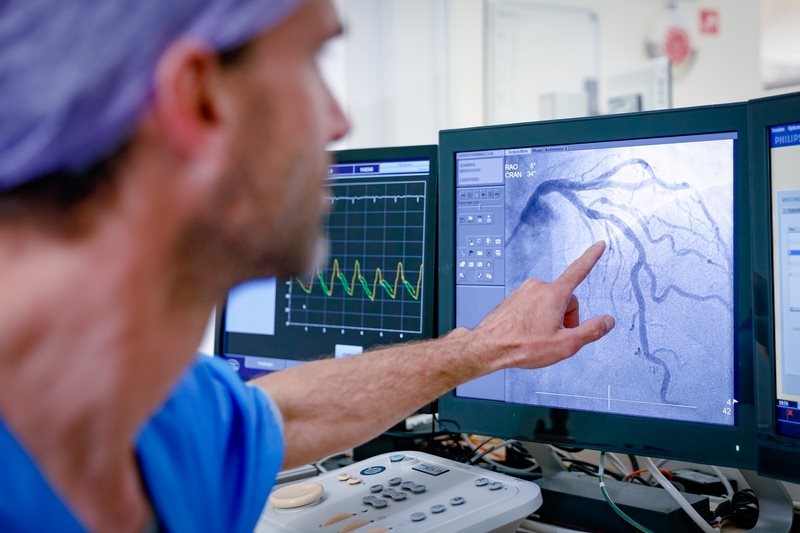
New Study Findings Could Halve Number of Stent Procedures
When a coronary artery becomes acutely blocked during a heart attack, opening it immediately is essential to prevent irreversible damage. However, many patients also have other narrowed vessels that appear... Read morePatient Care
view channel
Revolutionary Automatic IV-Line Flushing Device to Enhance Infusion Care
More than 80% of in-hospital patients receive intravenous (IV) therapy. Every dose of IV medicine delivered in a small volume (<250 mL) infusion bag should be followed by subsequent flushing to ensure... Read more
VR Training Tool Combats Contamination of Portable Medical Equipment
Healthcare-associated infections (HAIs) impact one in every 31 patients, cause nearly 100,000 deaths each year, and cost USD 28.4 billion in direct medical expenses. Notably, up to 75% of these infections... Read more
Portable Biosensor Platform to Reduce Hospital-Acquired Infections
Approximately 4 million patients in the European Union acquire healthcare-associated infections (HAIs) or nosocomial infections each year, with around 37,000 deaths directly resulting from these infections,... Read moreFirst-Of-Its-Kind Portable Germicidal Light Technology Disinfects High-Touch Clinical Surfaces in Seconds
Reducing healthcare-acquired infections (HAIs) remains a pressing issue within global healthcare systems. In the United States alone, 1.7 million patients contract HAIs annually, leading to approximately... Read moreHealth IT
view channel
EMR-Based Tool Predicts Graft Failure After Kidney Transplant
Kidney transplantation offers patients with end-stage kidney disease longer survival and better quality of life than dialysis, yet graft failure remains a major challenge. Although a successful transplant... Read more
Printable Molecule-Selective Nanoparticles Enable Mass Production of Wearable Biosensors
The future of medicine is likely to focus on the personalization of healthcare—understanding exactly what an individual requires and delivering the appropriate combination of nutrients, metabolites, and... Read moreBusiness
view channel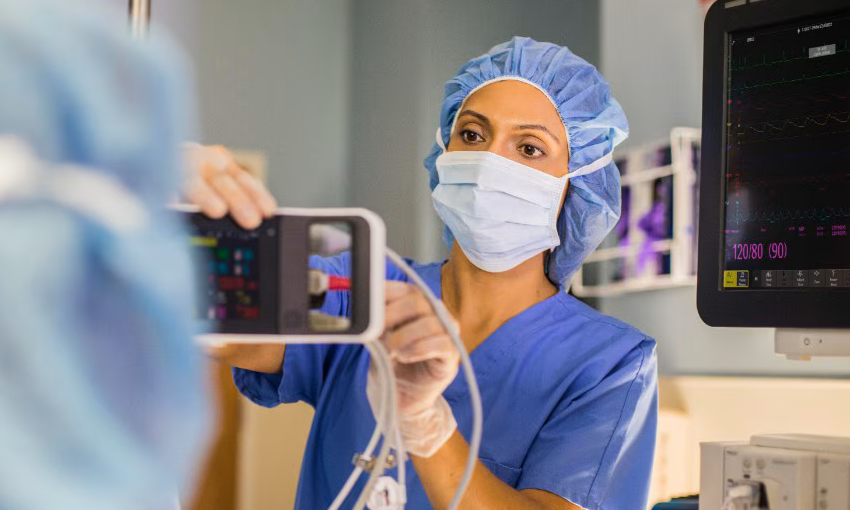
Philips and Masimo Partner to Advance Patient Monitoring Measurement Technologies
Royal Philips (Amsterdam, Netherlands) and Masimo (Irvine, California, USA) have renewed their multi-year strategic collaboration, combining Philips’ expertise in patient monitoring with Masimo’s noninvasive... Read more
B. Braun Acquires Digital Microsurgery Company True Digital Surgery
The high-end microsurgery market in neurosurgery, spine, and ENT is undergoing a significant transformation. Traditional analog microscopes are giving way to digital exoscopes, which provide improved visualization,... Read more
CMEF 2025 to Promote Holistic and High-Quality Development of Medical and Health Industry
The 92nd China International Medical Equipment Fair (CMEF 2025) Autumn Exhibition is scheduled to be held from September 26 to 29 at the China Import and Export Fair Complex (Canton Fair Complex) in Guangzhou.... Read more












